- About us
- Support the Gallery
- Venue hire
- Publications
- Research library
- Organisation chart
- Employment
- Contact us
- Make a booking
- Onsite programs
- Online programs
- School visit information
- Learning resources
- Little Darlings
- Professional learning
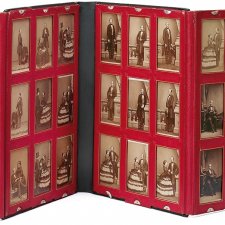
Joanna Gilmour discusses the role of the carte de visite in portraiture’s democratisation, and its harnessing by Victoria, the world’s first media monarch.
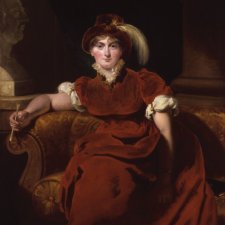
Anne Sanders writes about the exhibitions Victoria & Albert: Art & Love on display at the Queen's Gallery, Buckingham Palace and the retrospective of Sir Thomas Lawrence at the National Portrait Gallery, London.
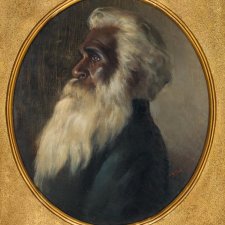
Dr Christopher Chapman looks at the life of Wurundjeri elder William Barak through the portrait painted by Victor de Pury in 1899.
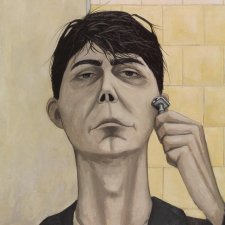
Dr Sarah Engledow explores the early life and career of John Brack.
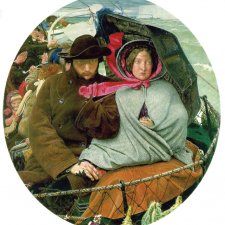
In 2006 the National Portrait Gallery acquired a splendid portrait of Victoria's first governor, Lieutenant Governor Charles Joseph La Trobe by Thomas Woolner.
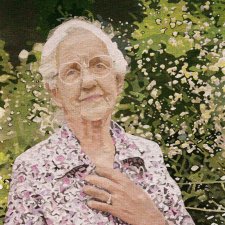
The story behind the commissioning of the tapesty portrait of Dame Elisabeth Murdoch.
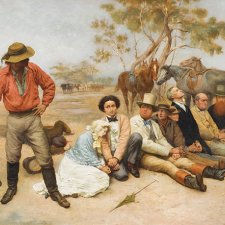
Matthew Jones on the upshot of a St Kilda Road outrage.

Julia Gillard pays poignant tribute to her friend and mentor, the late Joan Kirner, Victoria’s first and only female premier.

National Photographic Portrait Prize 2019, the iconoclastic Japanese figures Yukio Mishima and Tamotsu Yato, Angélica Dass’ Humanæ project and more.
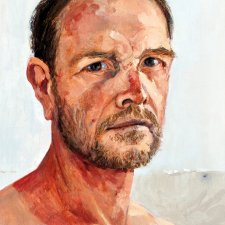
Tim Bonyhady recalls his experience as sitter for his close friend and former National Portrait Gallery Director, the late Andrew Sayers.

Mark Strizic's work crosses a broad spectrum of photographic fields including urban, industrial, commercial, and architectural photography.

The theme for the National Portrait Gallery's eighth exhibition of student portraiture was The Journey.
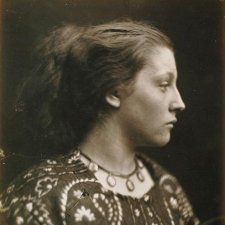
In March 2003 Magda Keaney travelled to London to join the photography section of the Victoria & Albert Museum for three months.

Angus Trumble pays tribute to John Clarke.
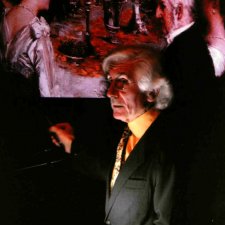
In February 2003 the National Portrait Gallery Circle of Friends brought Sir Robert Strong to Australia to present a series of lectures entitled The Artists & The Banquet- A History of Dining, which focused on the links between gardens and table decoration from the Renaissance to the Victorian Era.
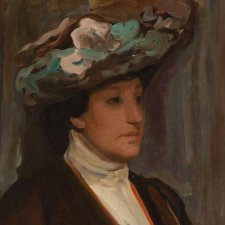
Three tiny sketches of Dame Nellie Melba in the NPG collection were created by the artist who was to go on to paint the most imposing representation of the singer: Rupert Bunny.